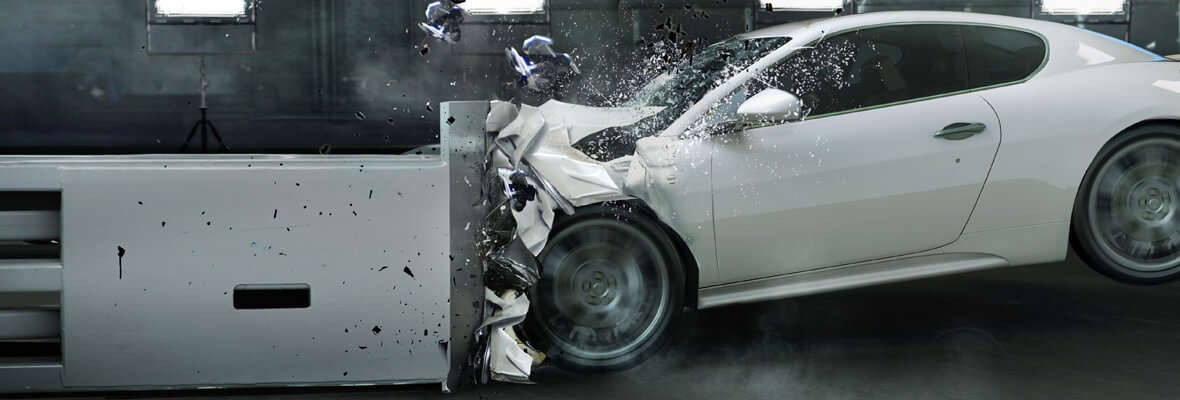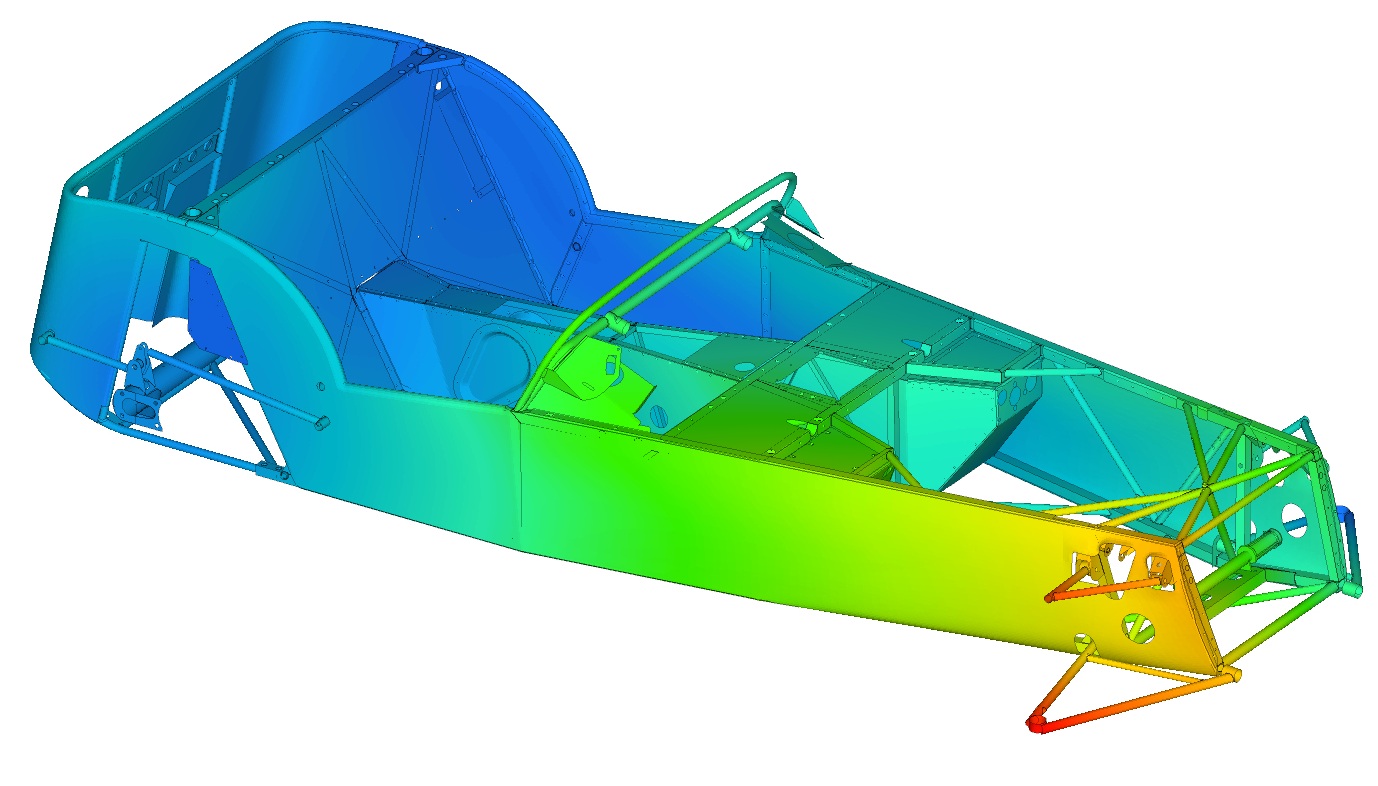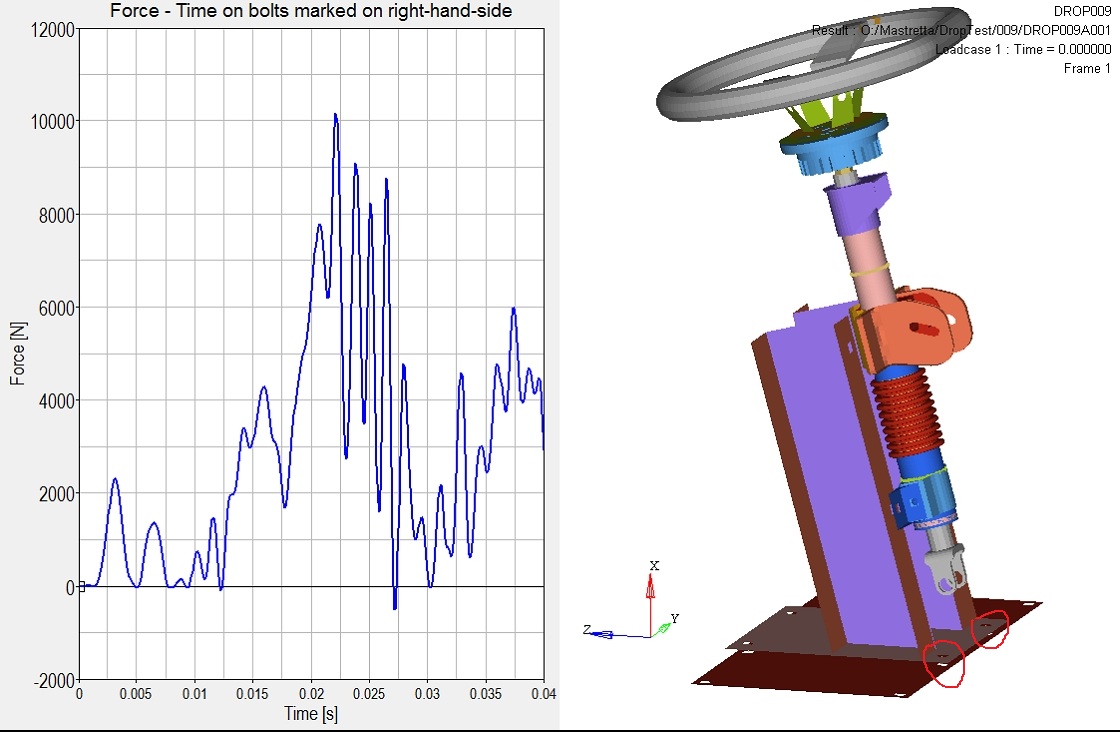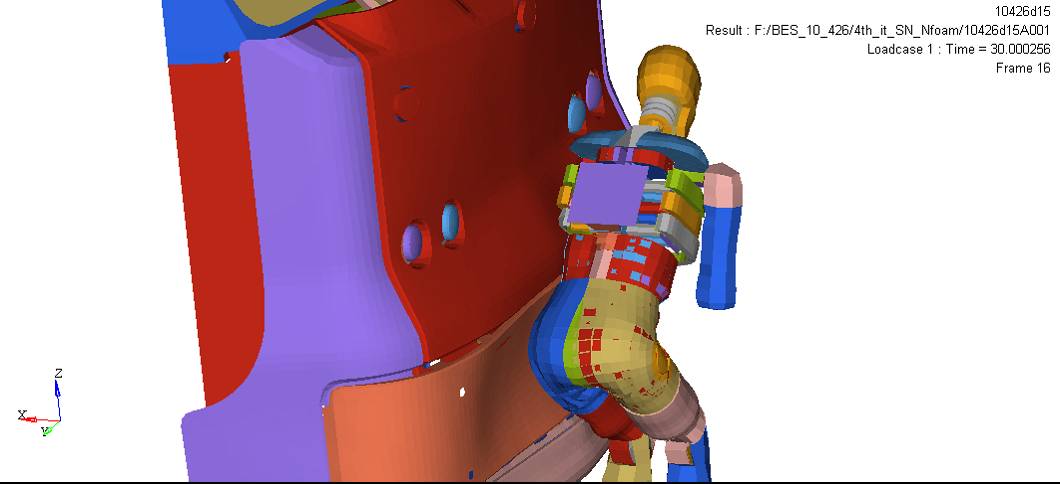
Body Structure Development
Deep Automotive Experience, OEM and Niche Vehicle
Most of our experience comes from automotive safety development and Simpact have maintained this area of the business since incorporation in 2000. Simpact played a major role in the development of body structures and the finite element methods used for vehicle safety development and even as these techniques became mature and process orientated, Simpact continued to innovate this market. In 2005 we pioneered the application of 3D laser scanning for automotive safety development by combining our core skills in automotive safety with a newly acquired technology within our CAE Tools (see our NAFEMS publication ‘Laser Scanning of Test Setup Boosts the Value of Vehicle Safety Simulation’)
Our experience ranges from the development of traditional steel or aluminium BIW structures for large OEMs which can typically involve very large finite element models (in some cases exceeding 10M elements) through to the design of small series tubular space frames used for lightweight low volume sports cars. Our load cases are typically dynamic and involve the use of either our RADIOSS of LS-DYNA3D solvers but we also have a large amount of expertise in torsional stiffness development and general durability.
In 2006, Simpact successfully developed a crashworthy version of the Caterham Super 7 by developing the vehicle body structure and steering system to pass the ECE-R12 requirements. By developing the vehicle and an innovative energy absorbing safety steering system using CAE, Caterham were able to pass the full vehicle crash test and associated Annex tests first time. This was key for them to exploit export markets and sustain their business during a time of UK automotive recession. This work was presented by Simpact at the Altair Technical Conference 2007 — ‘UK Niche Vehicle Industry Joins the CAE Fast Lane!’
More recently, Simpact has been supporting a range of body structure development programmes including high volume OEM and low volume Niche. In 2016, this represented 45% of our turnover. For very large CAE model calculations, we are compute partners of the UK's Science and Technology Facilities Council at Daresbury where we have run upto 128CPU (in LS-DYNA3D) for rapid turnaround of results. (see our Automotive Case Study for further information)
Restraint System Development
Protection on the inside
Occupant restraint systems are inherently linked to body structure development and at the heart of developing an occupant restraint system lies a good understanding of the biomechanical load tolerance limits of the human body and the derived crash test dummy readings.
We have assessed occupant kinematics and associated loads in a wide variety of automotive crash conditions and for these assessments we have conducted numerous physical experiments as well as numerical simulations. We understand the concepts and techniques that are used to reduce occupant injury risks and this expertise puts Simpact in the position to offer high quality support in the following areas of occupant restraints:
- Concept generation
- System development
- Component innovation
- System integration including vehicle crash response target setting (pulse and intrusions)
- Tuning, engineering the optimal settings to achieve a robust pass on all occupant safety targets
- System and component development and confirmation test planning, management and execution including the latest EuroNCAP knee mapping
- Occupant and crash severity sensing
- Active occupant restraint component trigger logic and threshold setting
We regard interior head impact under the same heading and we have experience in the design of vehicle interiors for FMVSS201 test compliance which covers the detailed design of interior trim (plastics and foams) and the interior BIW.
Pedestrian System Development
Protection on the outside
Pedestrian safety has now become an important design consideration under European legislation. This involves rigorous test programmes geared towards protecting pedestrians as well as vehicle occupants. Meeting these targets calls for detailed consideration of front end styling, packaging and component design.
Simpact has extensive experience in occupant and pedestrian safety development. Our practical and analytical experience allow us to guide the design in the early stages of the programme well before component test and prototype vehicle manufacture.
In 2008, Simpact carried out a major pedestrian impact project involving close collaboration with a Dutch full service engineering design partner, Benteler Engineering Services bv. Simpact provided the CAE simulation support that was needed to successfully design and develop an innovative safety system for urban public transport vehicles providing protection for pedestrians. The project resulted in a system that will reduce the serious damage caused by a collision between a tram front and a pedestrian to the level of ‘sustainable injuries’.


